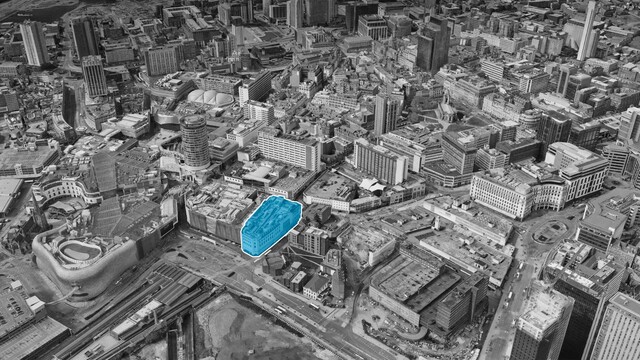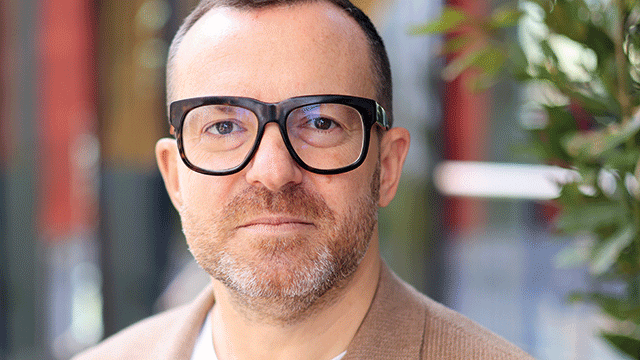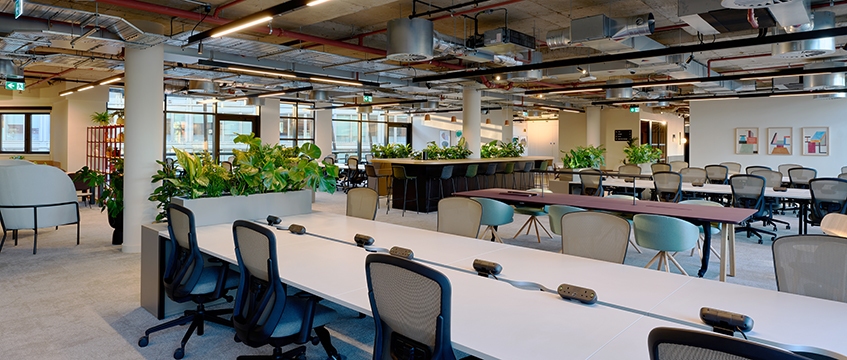‘Everyone loves the apocalypse story’ – Behind the UK retail headlines
FUTURE OF LONDON When crisis hits, journalists are often blamed for focusing explicitly on the negative story. But sometimes the truth hurts.
The total amount of UK retail space lost in 2018 is hovering at a startling 18m sq ft across 1,500 stores, according to Radius Data Exchange.
At the “Building a retail & leisure wonderland” session, panellists said the UK retail market could take between five to 10 years to recover.
FUTURE OF LONDON When crisis hits, journalists are often blamed for focusing explicitly on the negative story. But sometimes the truth hurts.
The total amount of UK retail space lost in 2018 is hovering at a startling 18m sq ft across 1,500 stores, according to Radius Data Exchange.
At the “Building a retail & leisure wonderland” session, panellists said the UK retail market could take between five to 10 years to recover.
But they said there are signs of promise in the efforts of some retailers such as Zara, which has introduced virtual mirrors, as well as recent openings including Argent’s Coal Drops Yard in King’s Cross, N1.
Joe Morris, partner at Gowling WLG, said: “There are opportunities to redistribute and repurpose high streets to make them a better environment.
“When we get through this, I think we will have something very different, maybe not a wonderland, but it will be a lot better. We need to work out what is going on with Brexit and I think it could take five years.”
Kevin White, partner at Montagu Evans, added: “Wonderland is probably a bit optimistic but apocalypse is also a bit sad. There is always a role for shopping centres but it is more about what they offer.
“We are in position where retailers aren’t working with landlords particularly well. I think it will take 10 years before the wonderland kicks in.”
The panellists spoke of multiple challenges to overcome during the transition period.
Darren Richards, deputy head of retail at British Land, said: “Everyone loves the apocalypse story but the future is bright even if the transition is difficult. It might be difficult to see that right now as shops are closing, but how can all the headlines be true if Zara is doing what it is doing?”
How do you keep retail ‘sexy’?
The audience came up with some challenging questions for the panellists, not least how developers can revive retail and make it “sexy” again.
Sam Cotton, head of retail at Battersea Power Station, said: “We need to return to independent locals and doing things slightly differently. At the most exciting end, in sportswear, Nike and Adidas are good for consumers, they are pushing boundaries which is good for consumers.”
Cotton added that big is not always beautiful. He pointed to the launch of Coal Drops Yard last month, which is far smaller than a traditional shopping mall.
“We think retail needs to be huge but Coal Drops Yard is only 100,000 sq ft.”
And while data is not traditionally seen as “sexy”, Morris said it will play a crucial role in turning the UK retail market around.
“Westfield has launched a massive data platform which includes facial recognition and shop assistants with iPads.
“Data will be important for customer footfall, redistributing advertising and repurposing shopping centres.
“Proptech will be huge, look at the virtual mirrors in Zara. Retailers need to establish a more personal connection with customers and establish loyalty.”
To send feedback, e-mail anna.ward@egi.co.uk or tweet @annaroxelana or @estatesgazette










